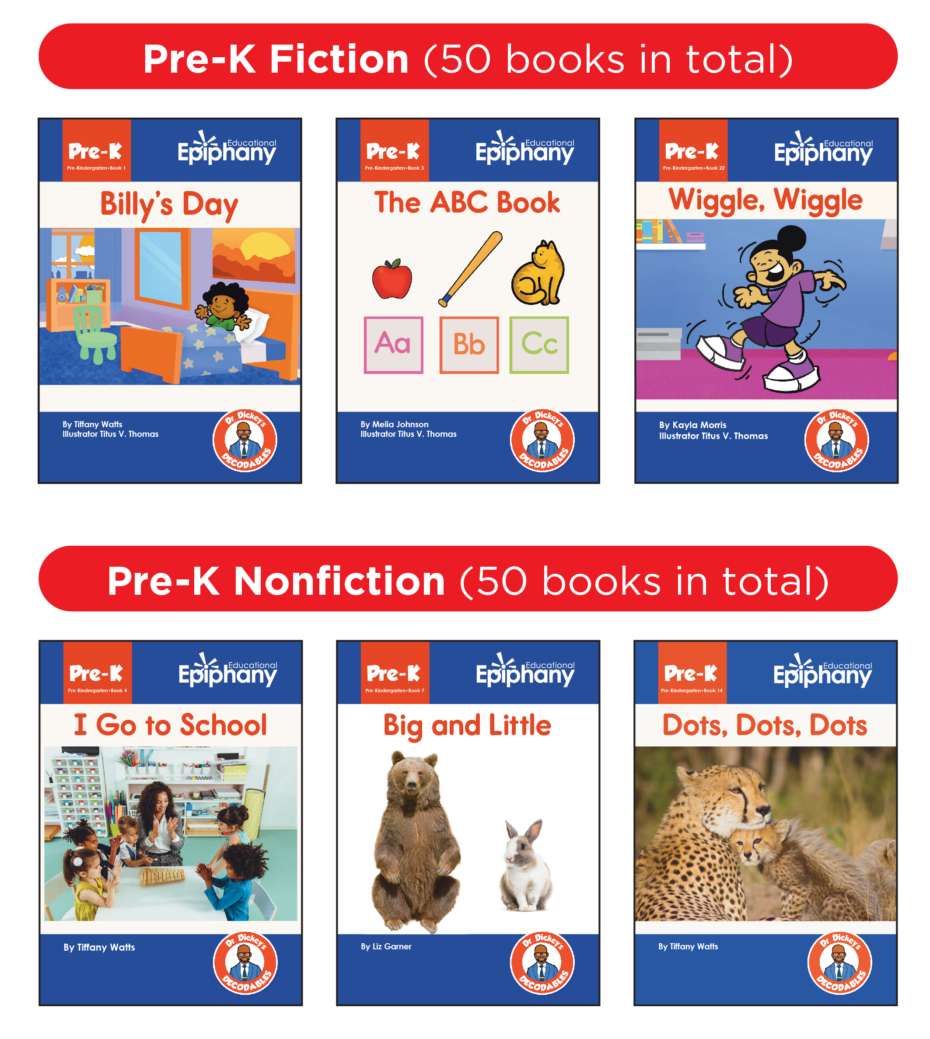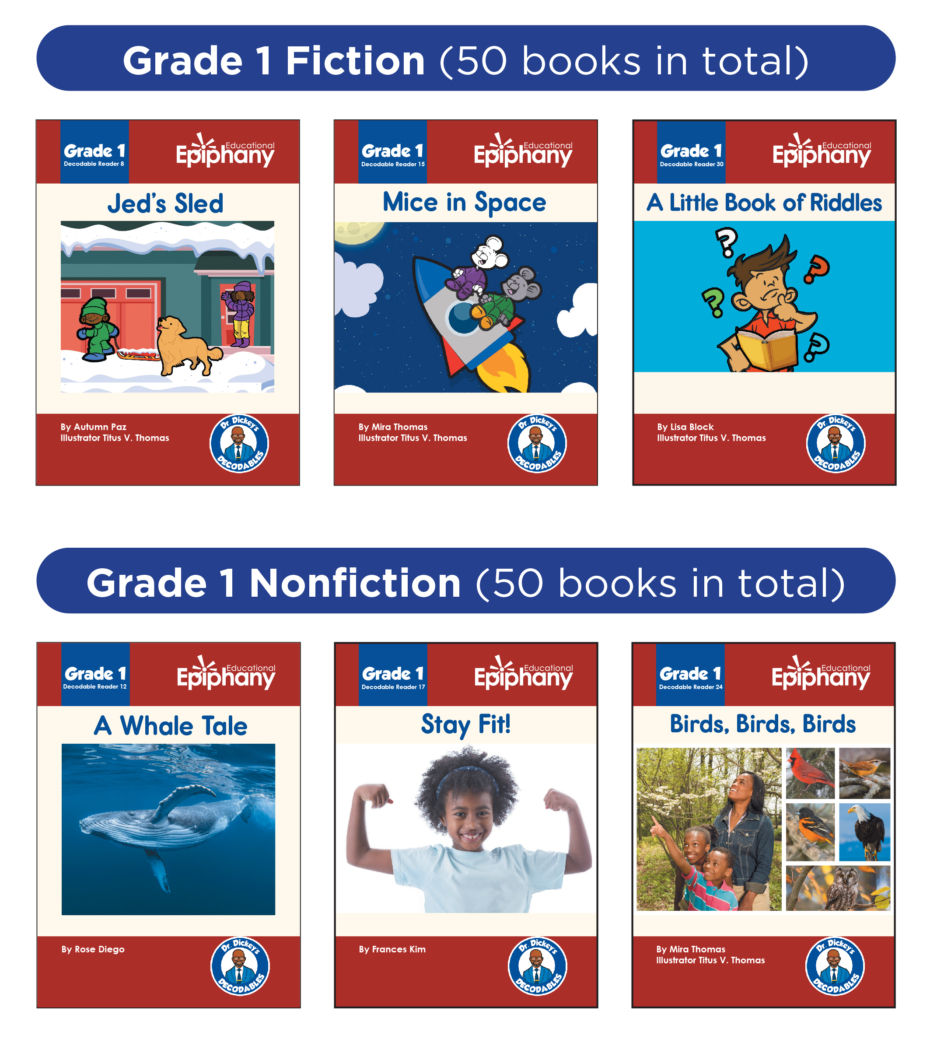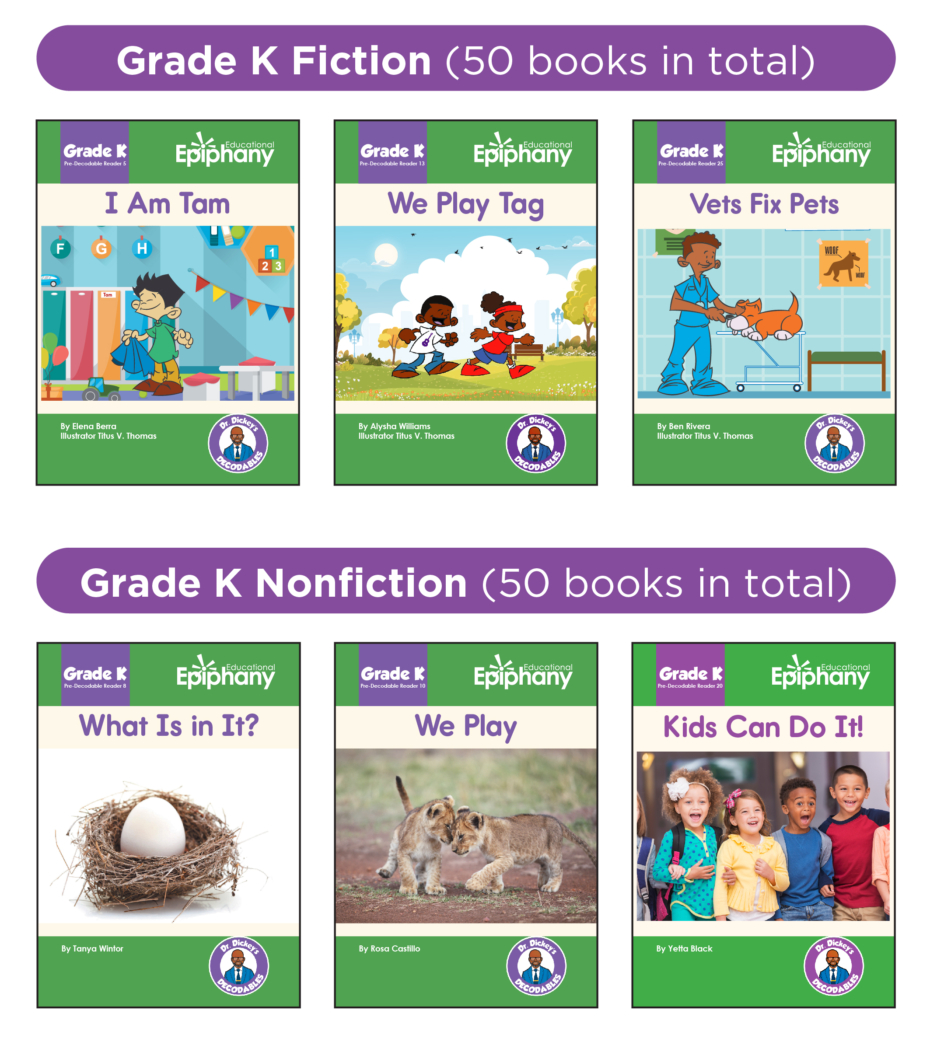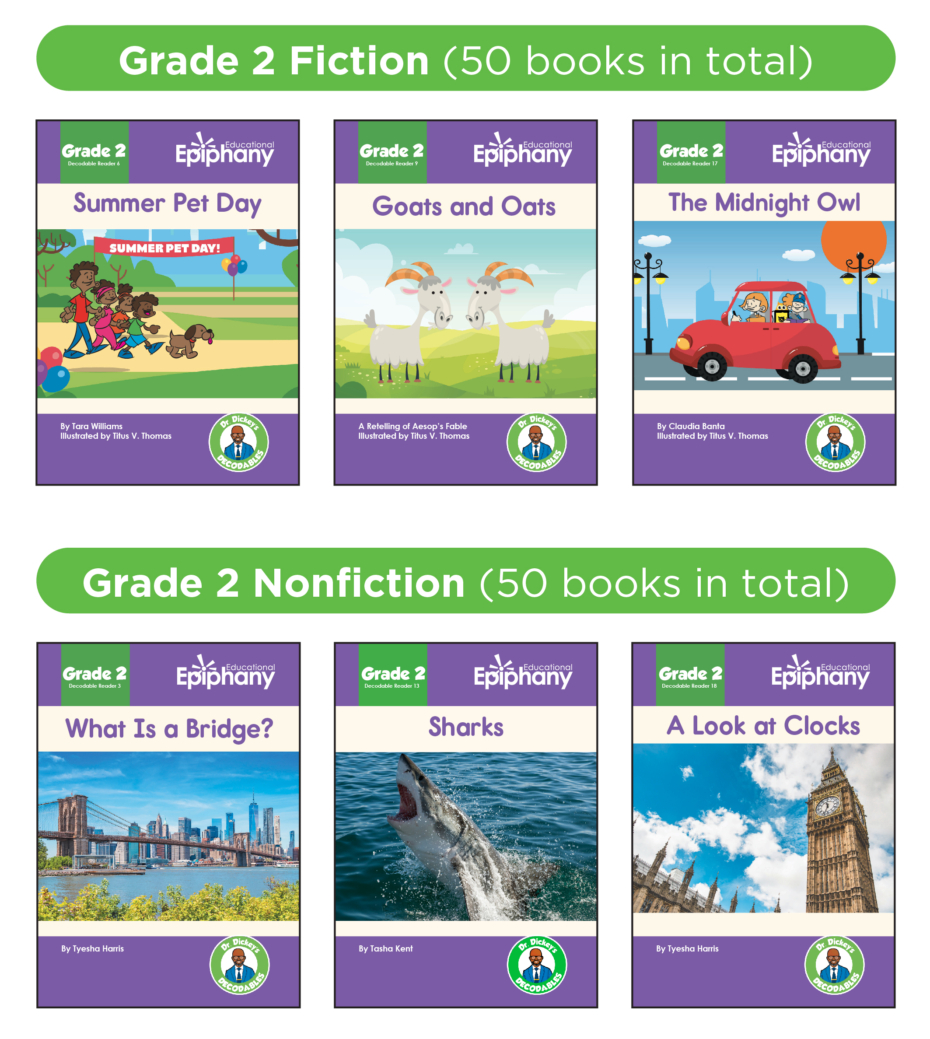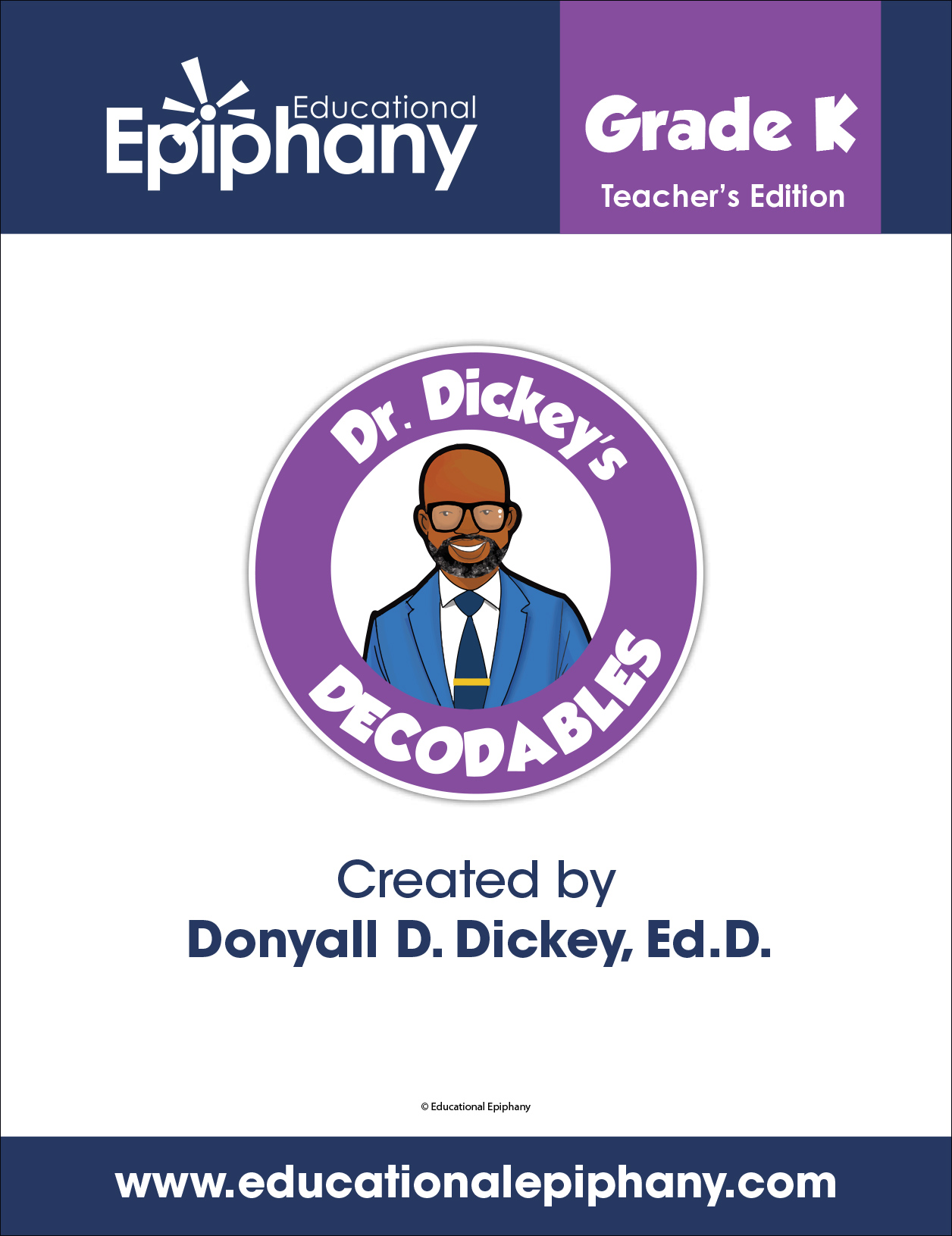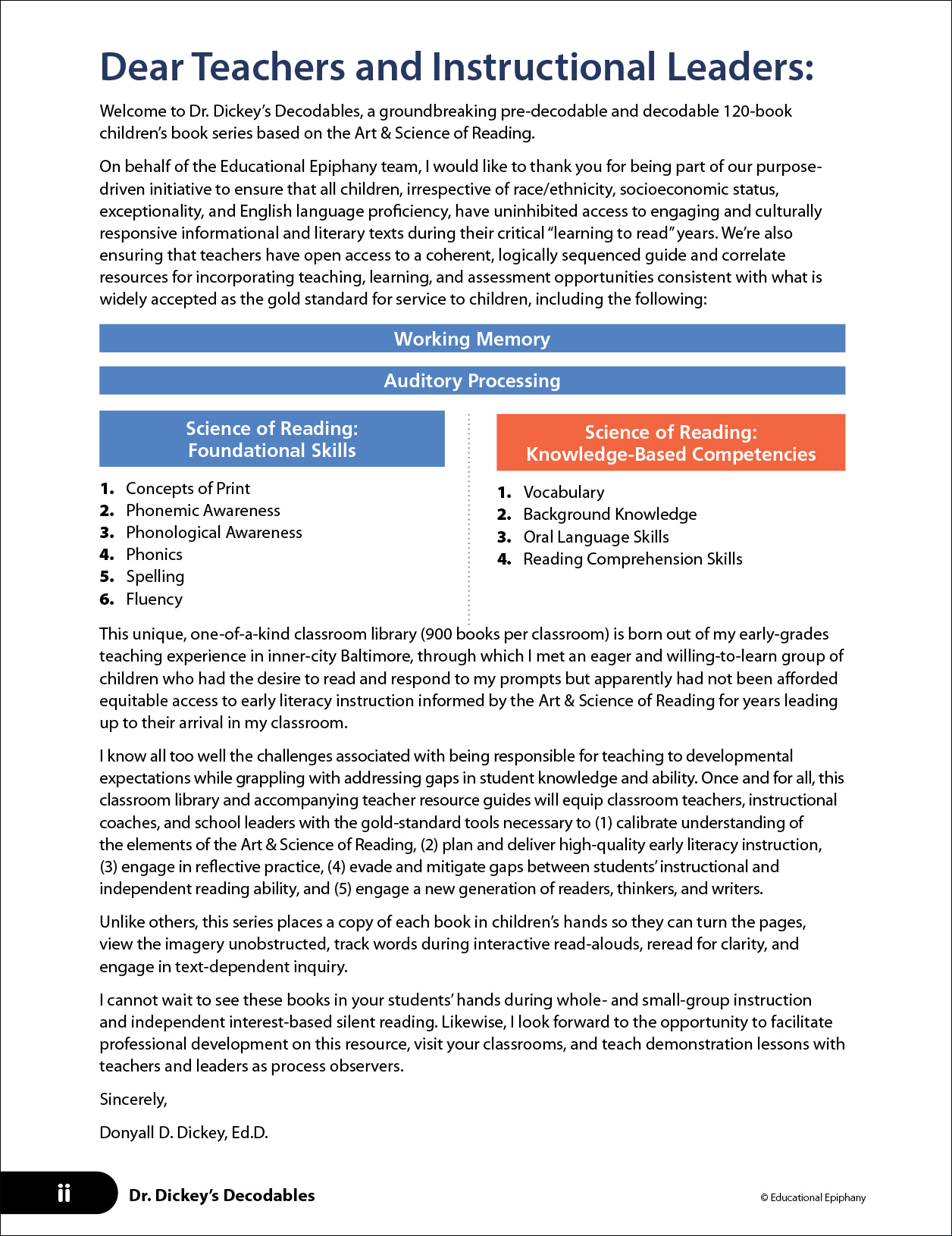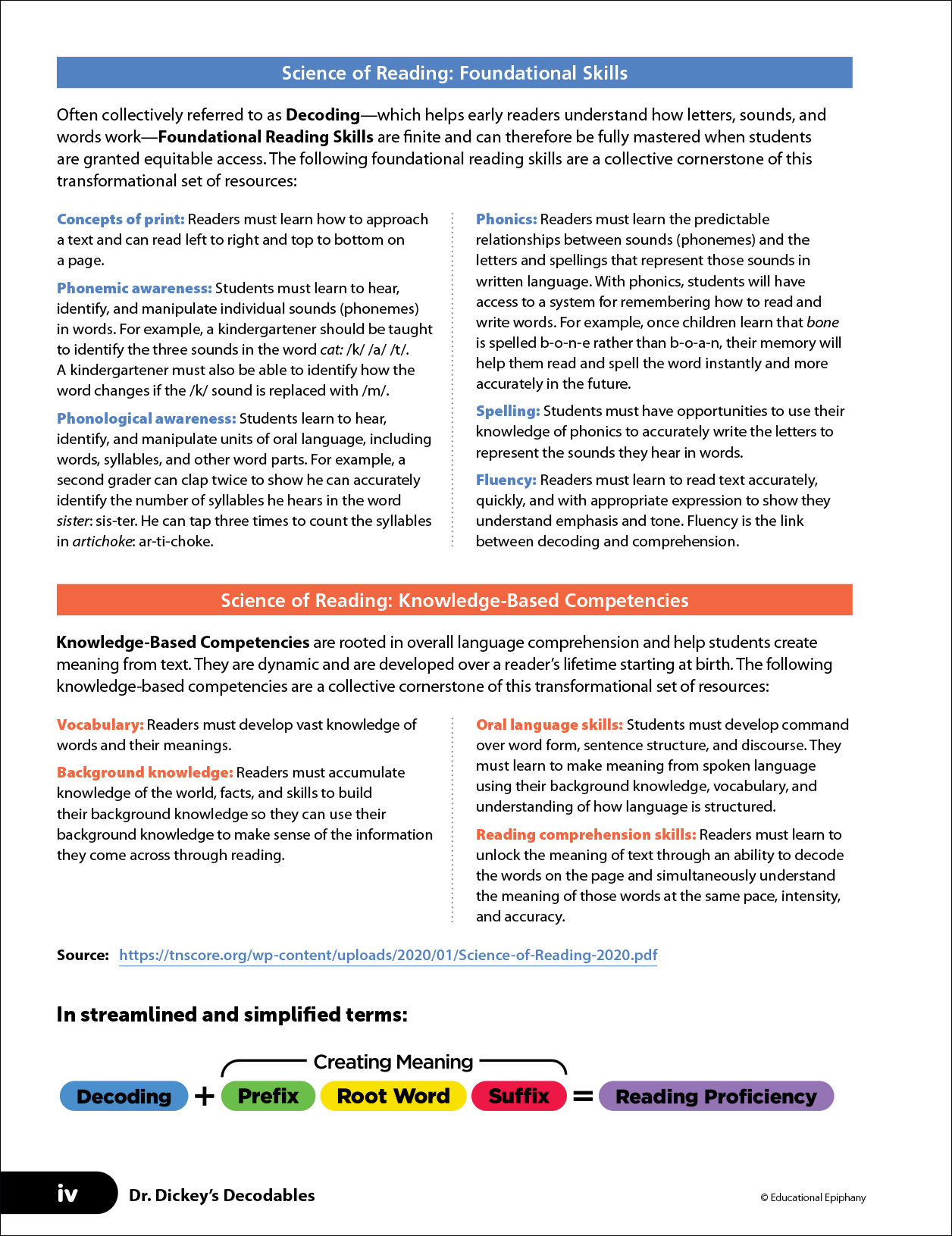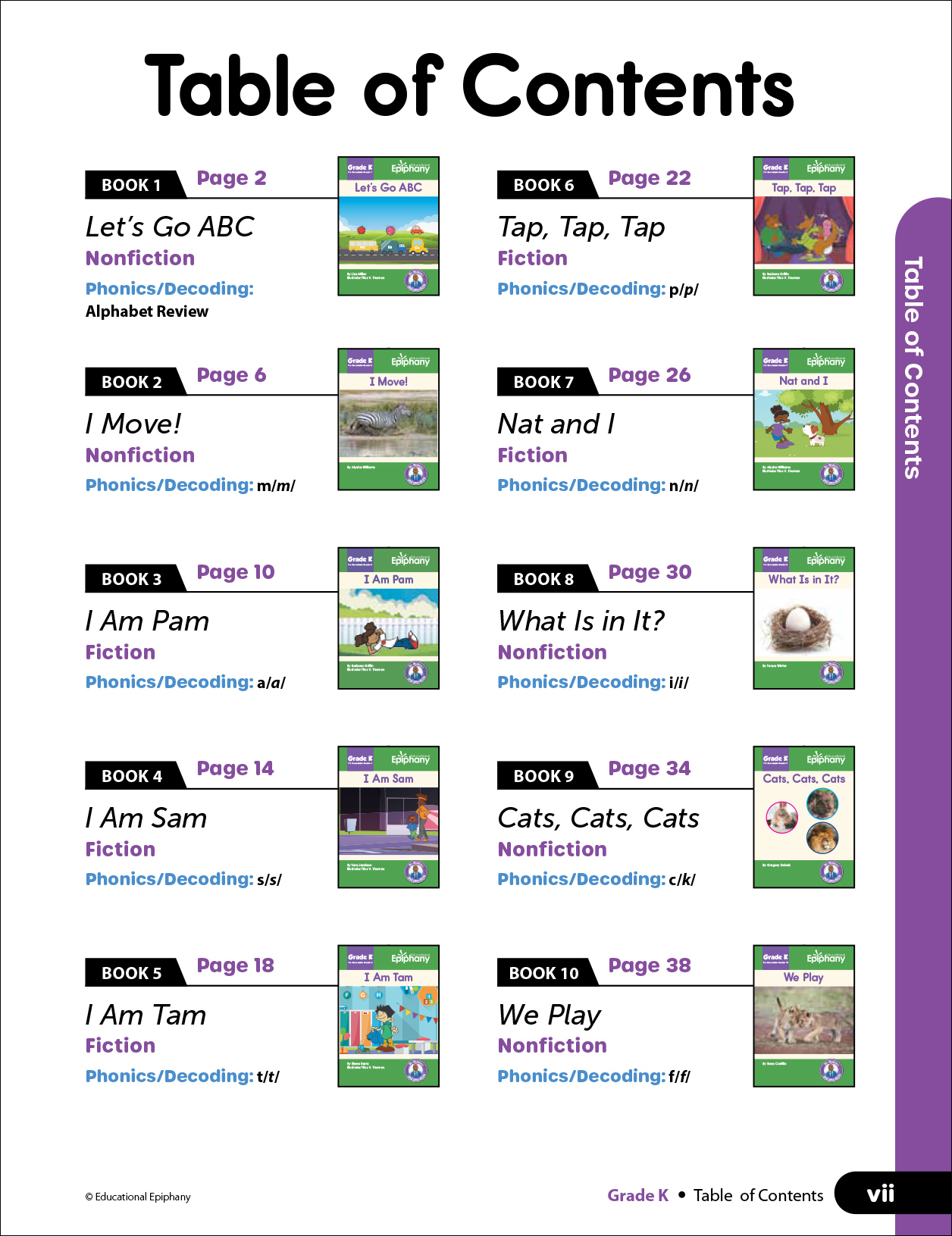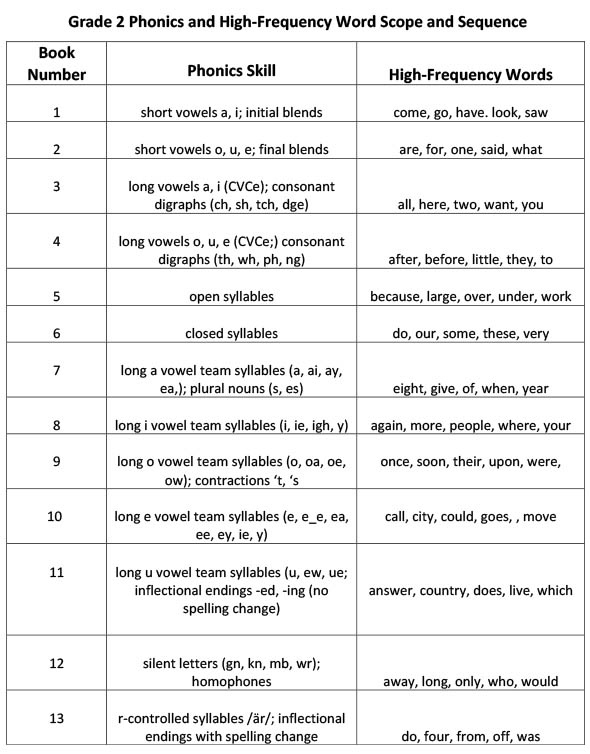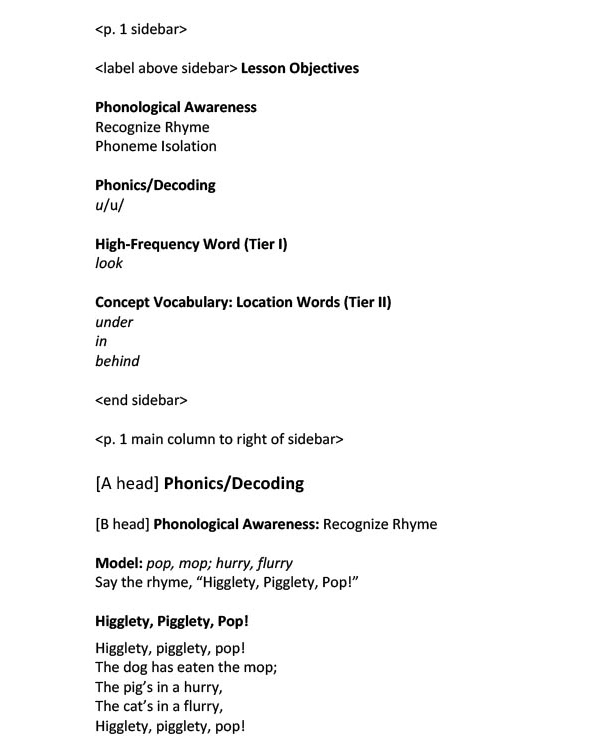How do you teach foundational reading skills?
You create a ground-breaking collection of culturally responsive texts based on the Science of Reading. Dr. Dickey’s Decodables is a unique Pre-K–2 Classroom Library designed to unlock the potential of every student through targeted phonics instruction and scaffolded reading.
As lead product designer, I collaborated with Educational Epiphany’s team of marketers, content creators, an illustrator, and an XML automation expert to develop, design, and produce:
- 60 Pre-Decodables (30 each for Pre-K and Grade K)
- 60 Decodables (30 each for Grades 1 and 2)
- 120 Teacher Guides for each grade-level set (148 pages per book)
Pedagogy
Science of Reading
Science of Reading refers to a body of research from the fields of education, cognitive psychology, developmental psychology, and neuroscience that explains how individuals learn to read and best practices for reading instruction.
Dr. Dickey’s Decodables and correlate lessons are designed to directly address Foundational Reading Skills (Decoding) and Knowledge-Based Competencies (Creating Meaning) to foster curious, capable, and confident readers during the critical “learning to read” years.
Educational Epiphany’s instructional resources and professional development are built upon two major Science of Reading Competencies:
- Foundational Reading Skills (Decoding)
- Knowledge-Based Competencies (Creating Meaning)
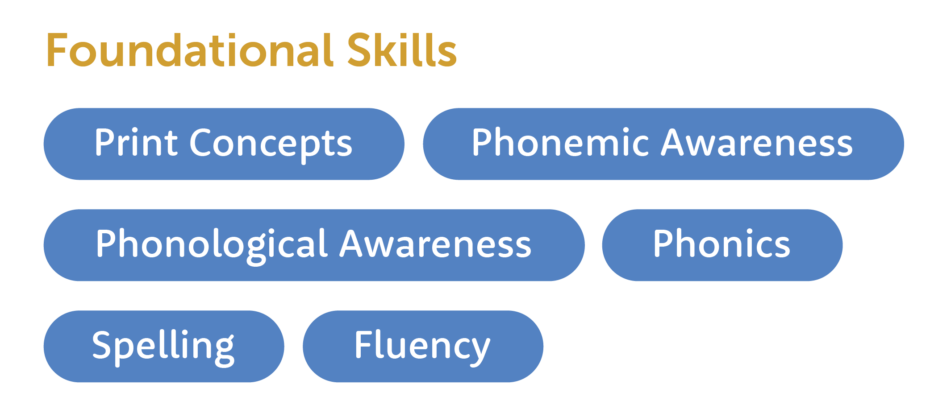
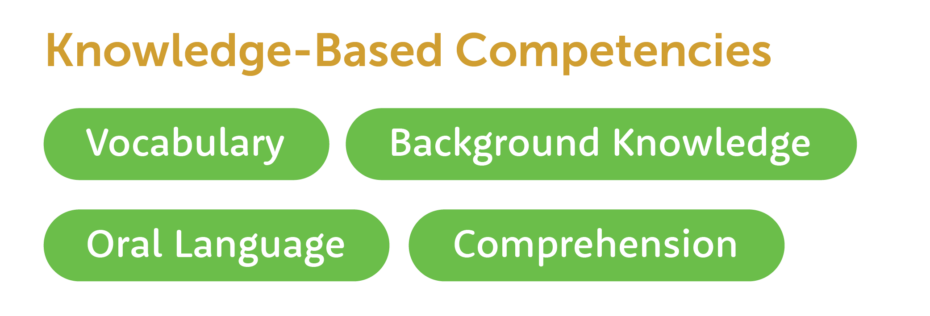
Motivation
The Mission
According to the National Center for Educational Statistics (NCES), nearly 70% of our nation’s third graders do not read at the grade-level expectation.
Dr. Donyall Dickey’s mission is to ensure that all children, irrespective of race/ethnicity, socioeconomic status, exceptionality, and English language proficiency, have uninhibited access to engaging and culturally responsive informational and literary texts during their critical “learning to read” years.
He understands the challenges associated with teaching students with complex and diverse needs and is known for his dynamic instructional leadership. That’s why I suggested inserting him as an avatar throughout the Teacher Guide to offer motivation and inspiration for teachers.
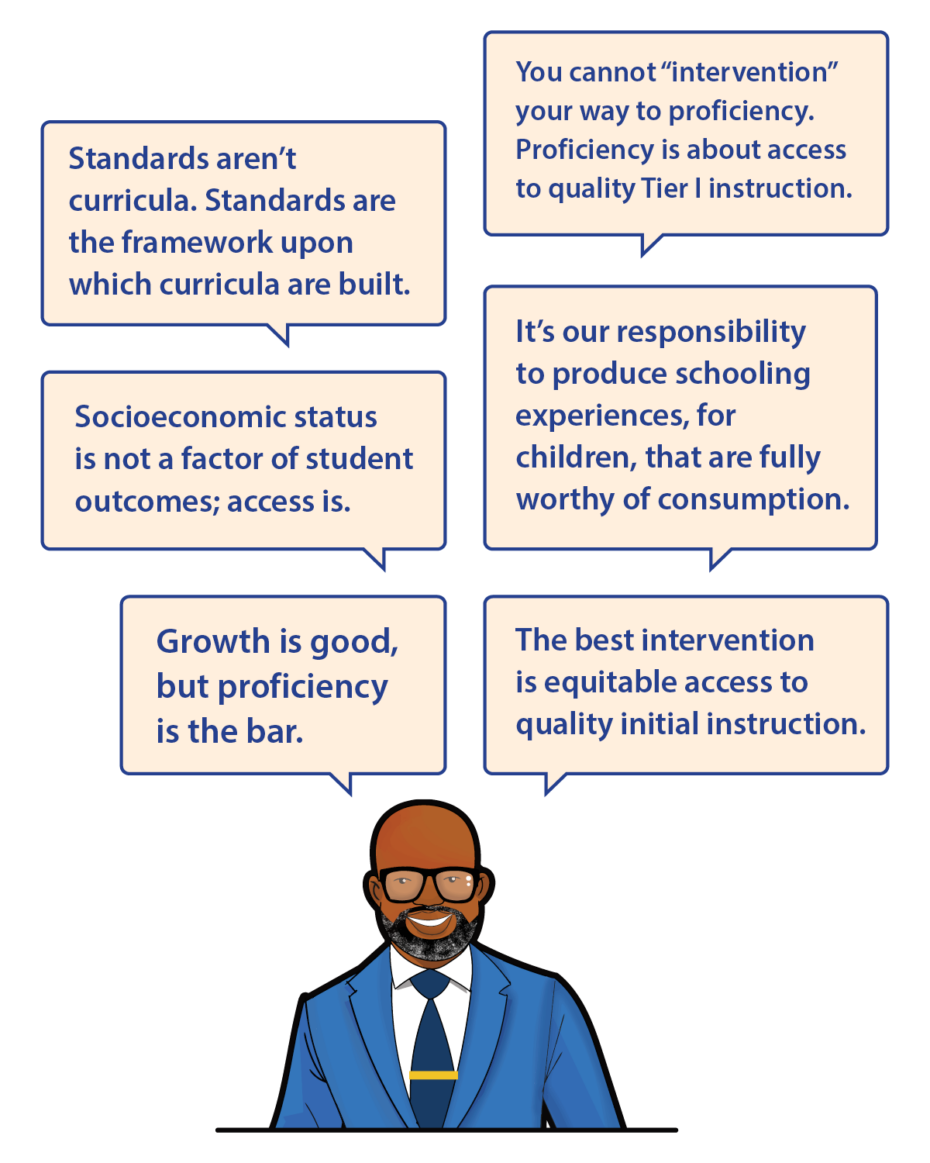
For Teachers
Each teacher receives a robust, four-color, 148-page print and/or digital guide (per grade-level) with content and a scope and sequence built on the principles of the Science of Reading.
But how does that content get created, organized, and produced? The challenge was threefold:
- Content Development
- Information Architecture
- Production
Challenge 1:
Content Development
The writers were asked to:
- embed the proven strategy of the Science of Reading and state standards into the content
- incorporate teaching, learning, and assessment opportunities in the instruction
- apply style tags to content in an XML writing template (see Challenge 3 below)
Challenge 2:
Information Architecture
Together with the content team and the product owner, we analyzed the intent and purpose of each content element from both a pedagogical and user experience perspective.
The goal was to:
- create a flexible visual system with directional pointers to guide instruction
- identify and develop both global style rules and specific grade-level style rules
- visually align the components with existing Educational Epiphany products
- design for an automated publishing workflow
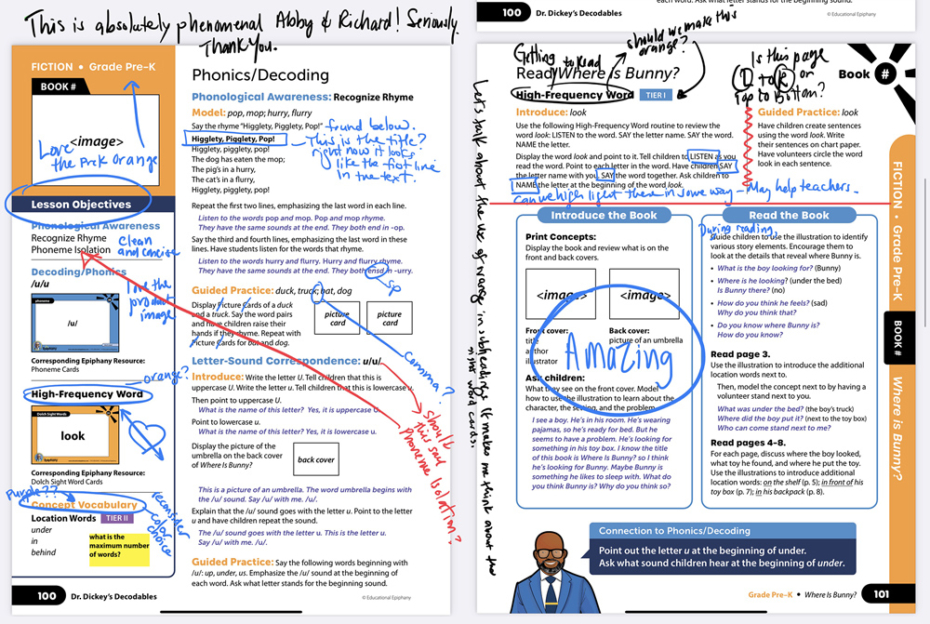
Challenge 3:
Automated Production
To produce 120 books, we employed an automated publishing workflow. I collaborated with multichannel publishing expert Dan Nigloschy to:
- brainstorm content strategy
- analyze content structure
- create XML-generated writing templates for the writers
- create InDesign production templates for automated page composition
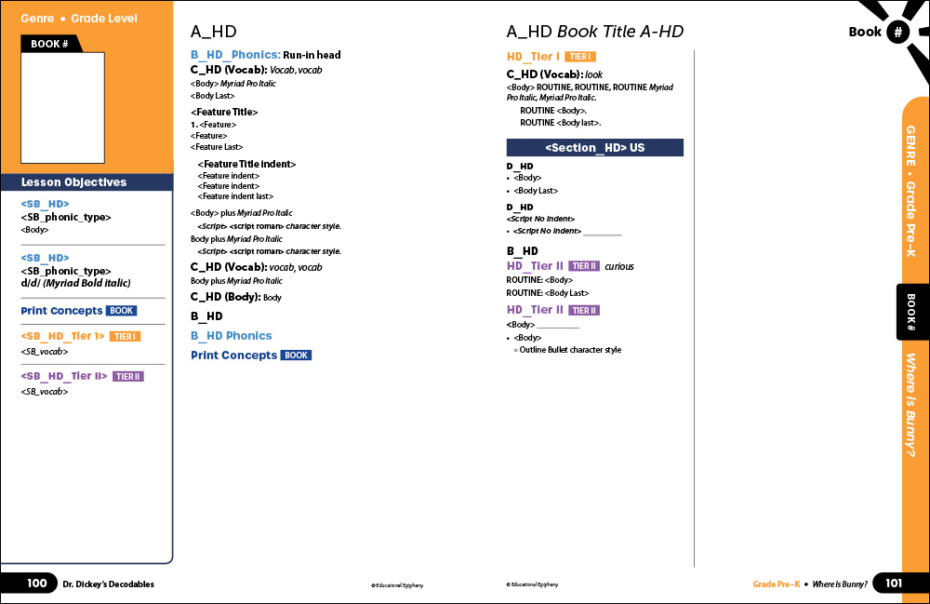
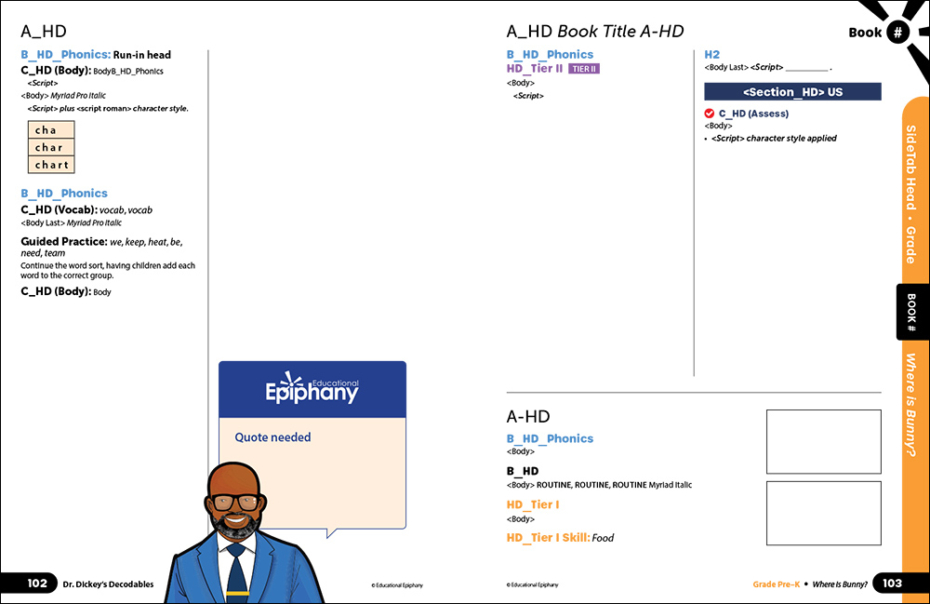
Once the lesson pages were composed, I customized each page to include:
- corresponding art from the decodable student book
- product alignment with other Educational Epiphany resources
- a motivational quote from Dr. Dickey
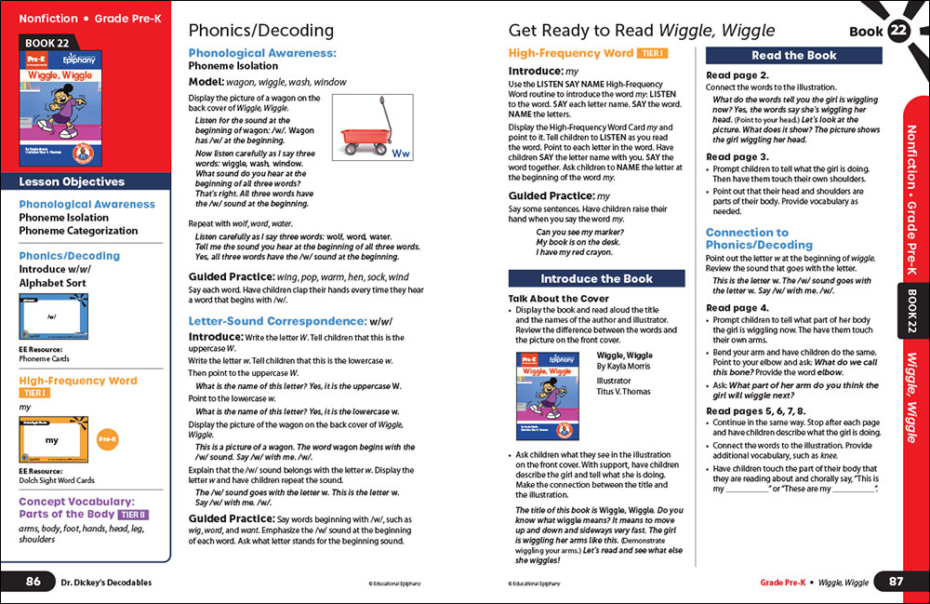
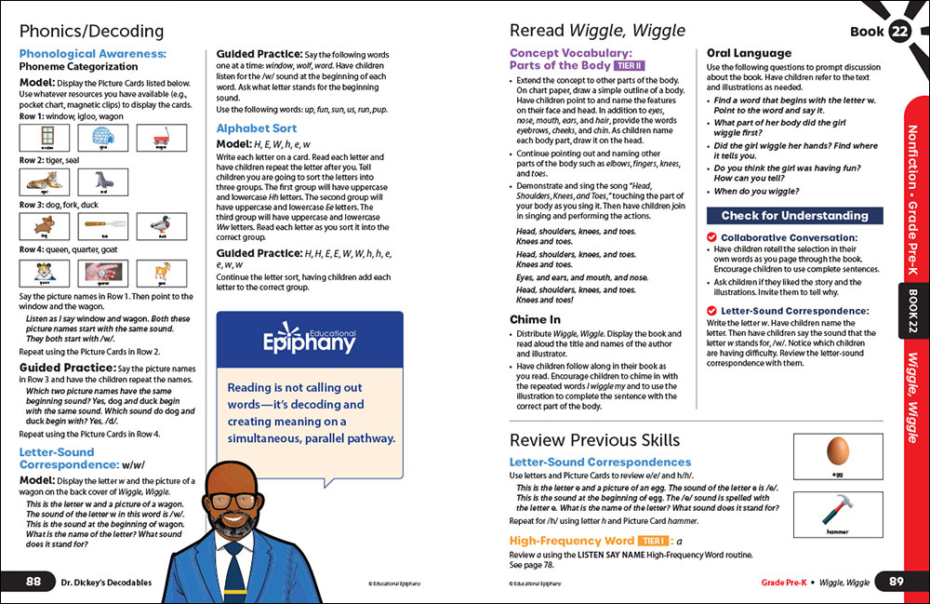
Picture Cards
Art from the books was repurposed as Picture cards for classroom use to facilitate instruction.
Pre-K–2
For Students
Featuring one-of-a-kind titles, the Pre-Decodable and Decodable books present children with a variety of engaging informational texts, stories, and high-quality imagery. Each Classroom Library includes 50% fiction (represented by illustration) and 50% non-fiction (represented by photography). The fiction titles were illustrated by Titus Thomas.
